What Is SaaS Management and Why Does It Matter
Software as a Service (SaaS) now forms the foundation of numerous business operations. Blissfully’s 2023 SaaS Trends report shows that mid-sized companies use more than 110 different SaaS applications, including CRMs and communication tools.
Without proper oversight managing an expanding SaaS stack turns into a nightmare for organizations. That’s where SaaS management comes in.
SaaS management represents the centralized system that controls, monitors, and optimizes SaaS applications throughout an organization. The SaaS management process guarantees that each active application remains secure while maintaining compliance and delivering maximum value at optimal costs.
There are four principal reasons why SaaS management holds significant importance. SaaS management serves as a defense against the spread of unnecessary SaaS applications and the development of unauthorized shadow IT solutions. SaaS management strengthens data protection measures while ensuring adherence to regulatory requirements. Third, it cuts unnecessary expenses by removing subscriptions that are unused or redundant. Through its capability to streamline employee onboarding and offboarding processes, this system ensures seamless transitions between stages, which leads to improved productivity.
What Is a SaaS Management Platform?
A SaaS Management Platform represents specialized software that allows organizations to manage their SaaS applications effectively. The platform delivers oversight of all SaaS products used by the organization while enabling teams to handle licenses better and automate administrative tasks to reduce costs.
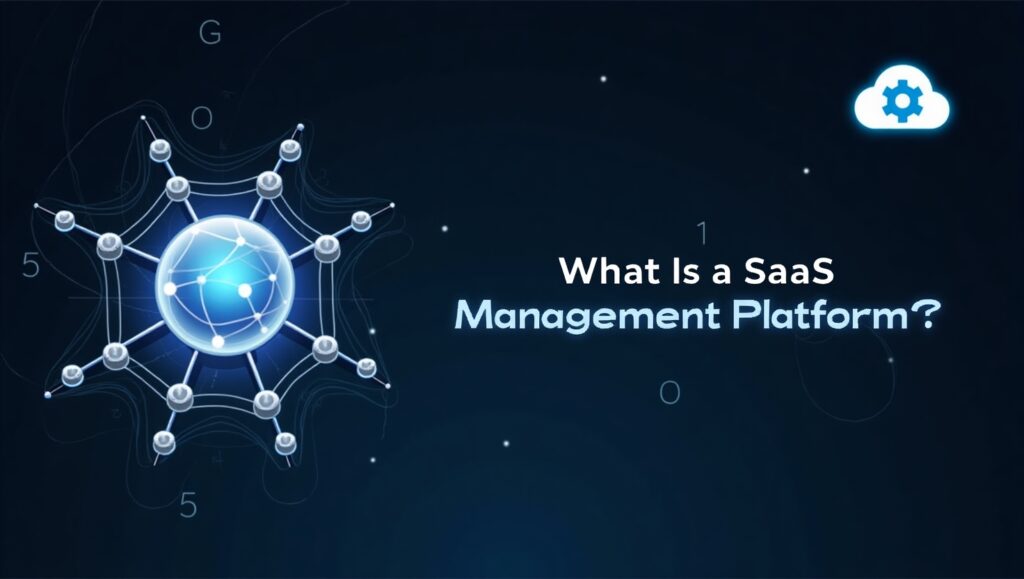
These platforms typically include several core capabilities. The system delivers live tracking of both software usage patterns and financial expenditures. They automate user provisioning and de-provisioning. They track license renewals and optimize usage. These platforms seamlessly connect with HRIS systems, SSO platforms, and ERP systems to enhance operational efficiency.
SMPs such as Torii or BetterCloud automatically revoke access to all SaaS applications when an employee leaves. Manual errors get eliminated while security risks decrease and IT teams benefit from saved time through this approach.
Powerhouse Platforms: Best SaaS Management Tools You Should Know
SaaS management tools focus on different aspects, including cost control for some and compliance or automation for others. These five platforms rank at the top of their market because they deliver proven results and possess unique strengths.
1. Productiv – Intelligent SaaS Insights
Productiv enables businesses to monitor software usage through detailed analytics. The AI-powered dashboards of the platform provide real-time usage patterns which facilitate improved renewal decisions.
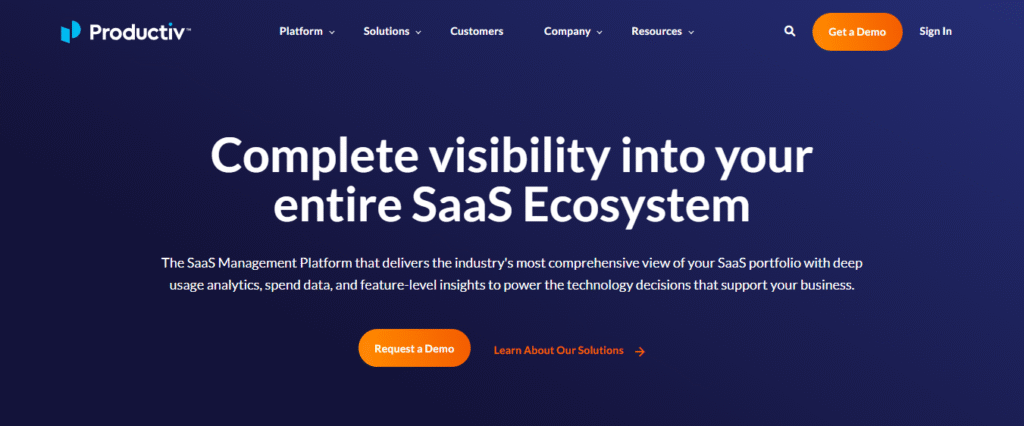
A Fortune 500 company implemented Productiv to reduce vendor bloat and eliminate unused software licenses which resulted in savings of $1.2M over six months. The platform delivers strategic information about departments that underutilize applications which enables businesses to adjust contracts and prevent redundant renewals.
Productiv connects with Slack and Microsoft Teams to manage licenses based on usage and deactivate them when necessary.
2. Spendscape – Enterprise-Level Spend Clarity
The procurement and software spend analytics platform Spendscape was developed by McKinsey. Spendscape links to major ERP systems such as SAP and Oracle so CFOs can oversee software investment at a high level.
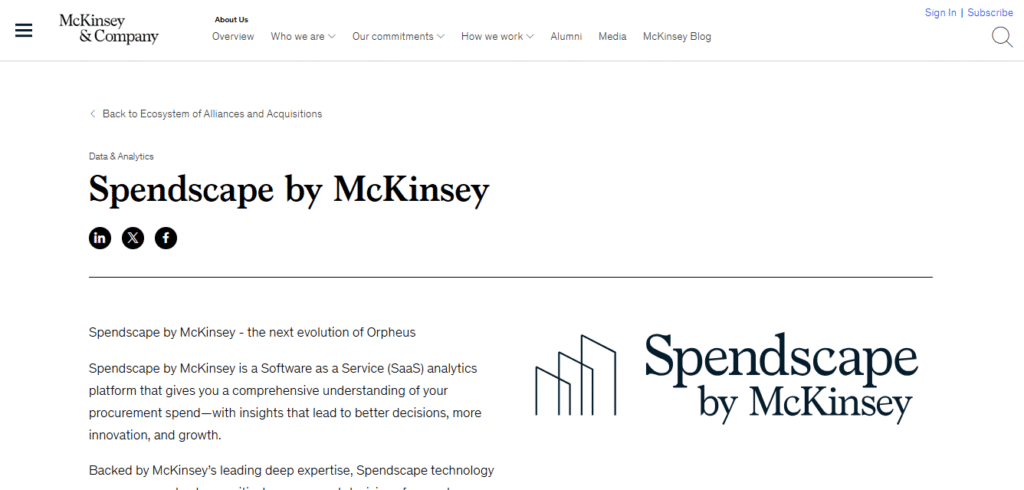
Its strength lies in financial transparency. Spendscape enables detailed analysis of SaaS expenses by segmenting the data according to teams, projects, and geographical areas. The platform offers customized dashboards for CFOs and finance managers to track software ROI and usage frequency in real time.
According to a McKinsey case study, a healthcare organization implemented Spendscape to detect redundant SaaS subscriptions among departments, resulting in a 22% drop in their SaaS expenses over twelve months.
3. Zylo – Optimize SaaS Costs Effectively
Zylo enables users to monitor and manage all their SaaS tools and licenses from a single platform. The system notifies teams about impending renewals and compares usage metrics with those of industry peers.
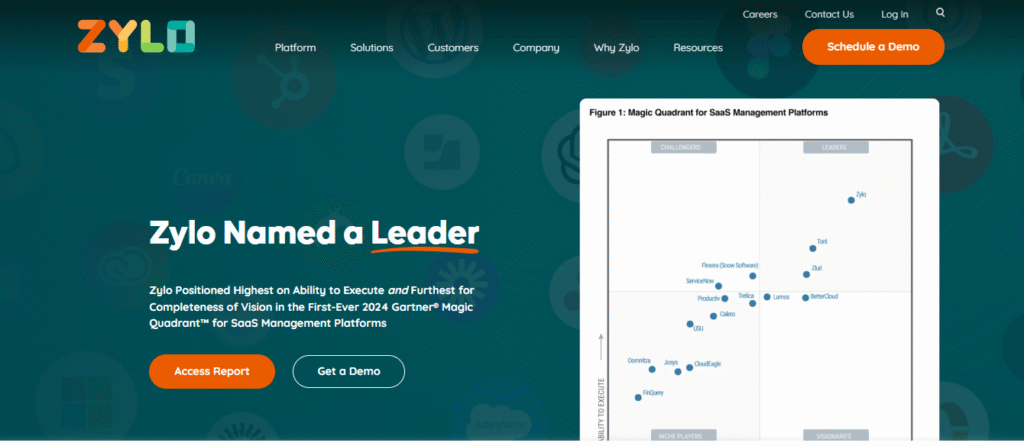
Zylo reports that 38% of SaaS licenses are not being used, which results in substantial software budget waste. The platform identifies redundant tools between departments to enable consolidation into fewer efficient systems.
Zylo’s strength lies in vendor management. The platform detects unauthorized applications to identify compliance risks while offering negotiation insights.
4. Torii – Full Lifecycle SaaS Visibility
Torii is tailored for IT teams. The system detects unauthorized IT systems while enabling automatic management of user access and optimizing vendor relationships.
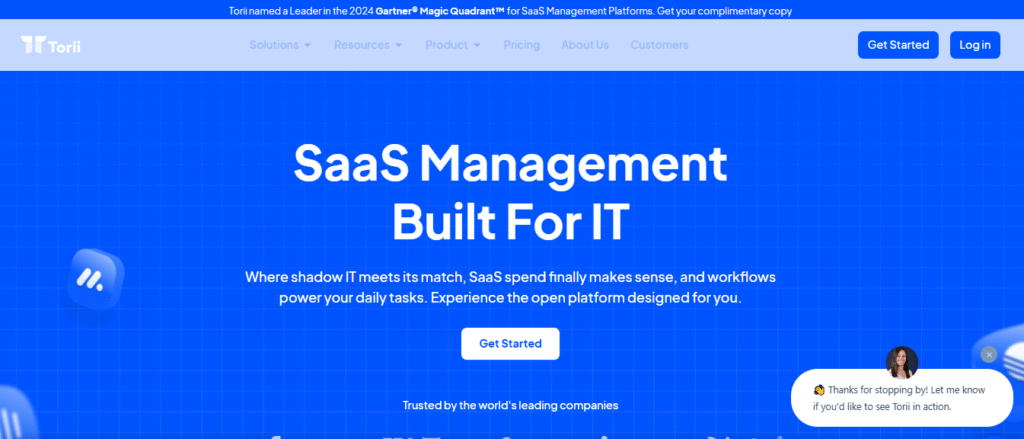
Through Torii organizations gain comprehensive visibility of every SaaS tool utilized while including applications signed up without IT department approval. The system links usage patterns to respective business units while showing renewal schedules and contract values along with access log information.
Torii users experienced a 70% decrease in employee onboarding time through automated workflows. The combined use of Torii with HR and SSO systems delivers smooth user account creation and removal processes.
5. BetterCloud – Secure SaaS Automation
BetterCloud focuses on SaaS security and compliance. The tool allows teams to set up workflows for data protection while managing access control and ensuring audit readiness.
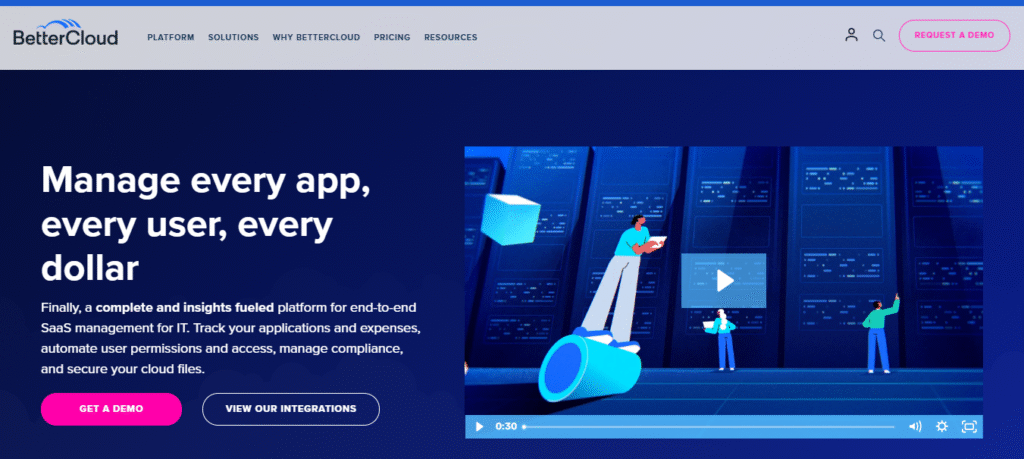
The system automates policy enforcement to protect sensitive data from improper sharing. The platform BetterCloud provides support for over 70 leading SaaS applications while giving users detailed visibility into file sharing operations, user activity patterns, and access permissions.
Organizations handling sensitive or regulated data and emphasizing compliance select BetterCloud as their preferred solution. The robust security and governance capabilities of BetterCloud provide significant advantages to financial institutions, as well as healthcare providers and legal firms.
What Is SaaS Identity Management?
Within SaaS environments, digital identities and access permissions form the core functions of SaaS identity management.
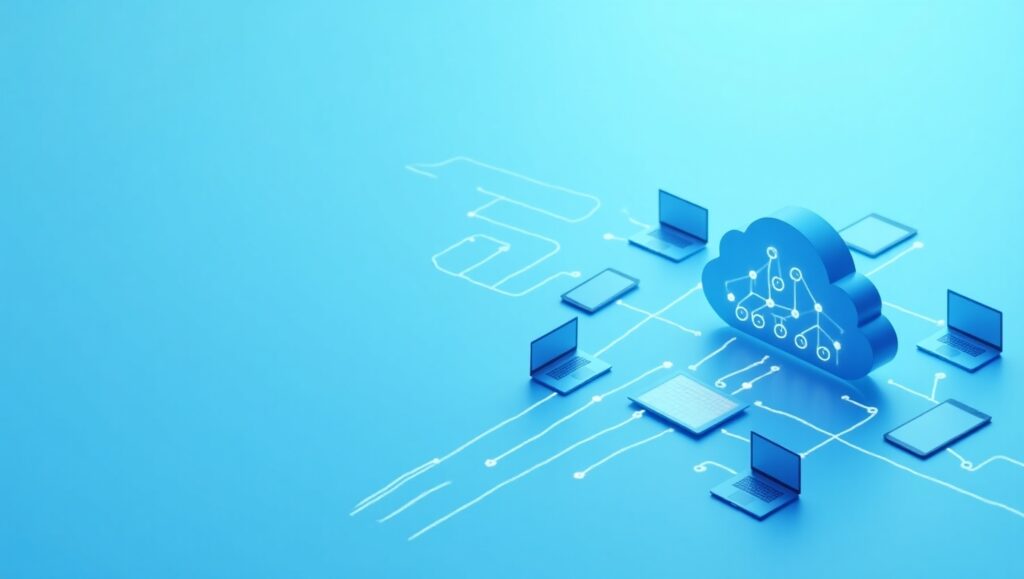
The identity management process uses Single Sign-On (SSO), Multi-Factor Authentication (MFA), Role-Based Access Control (RBAC), and automated user lifecycle event handling. Access control tools restrict user permissions to the required level of access only.
A real-world example: The implementation of Okta alongside BetterCloud in a fintech firm resulted in a 93% reduction of unauthorized access incidents during a three-month period.
What Is SaaS Product Management?
The main tasks of SaaS product management are to guide the development and expansion of the SaaS product. The combination of strategic planning with customer insights and data analysis directs product development.
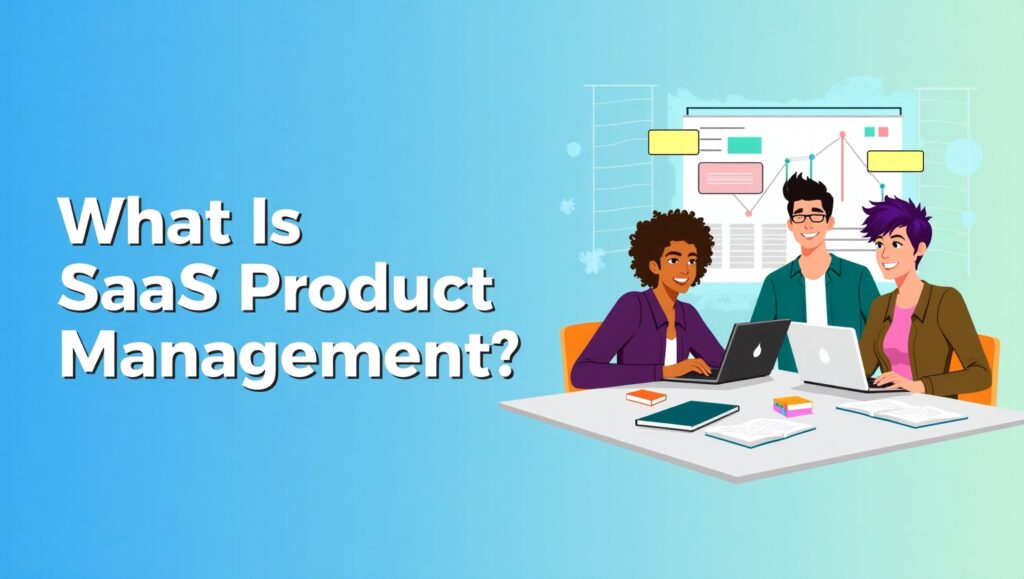
The SaaS Product Manager drives product success by setting goals, gathering feedback from users, organizing development priorities, and ensuring team coordination across departments.
ProductPlan reports that analytics drives product roadmap decisions for 60% of SaaS product managers. Business requirements must align with user expectations to achieve product-market fit and generate sustainable value.
What Does a SaaS Product Manager Do?
SaaS product managers function as the link between technical developers and customer requirements. Product managers perform daily duties that involve creating user stories and defining KPIs such as churn rate and Net Promoter Score (NPS) while leading agile development sprints.

Product managers work together with marketing and sales teams to synchronize product features with how customers receive messaging.
Leading SaaS organizations empower product managers as mini-CEOs by providing them with both data and decision-making authority in order to drive growth.
What Is SaaS Project Management?
SaaS project management involves directing initiatives related to SaaS, including tool implementation and system integration.
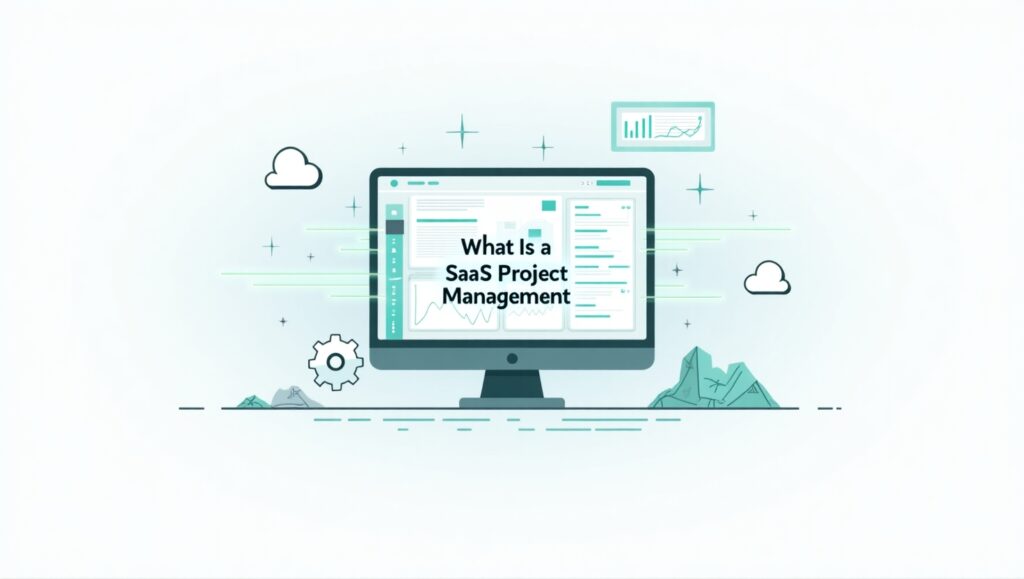
It requires strong cross-functional coordination. Project managers establish objectives along with timelines and deliverables while assigning responsibilities to their team members.
The process of implementing HubSpot as a new CRM system requires coordinated efforts from IT, sales, marketing and support teams. Successful project management guarantees that deadlines are accomplished, training is delivered to users and adoption reaches success.
How to Manage SaaS Subscriptions Like a Pro
Effective management of SaaS subscriptions helps maintain budget control while boosting operational productivity.
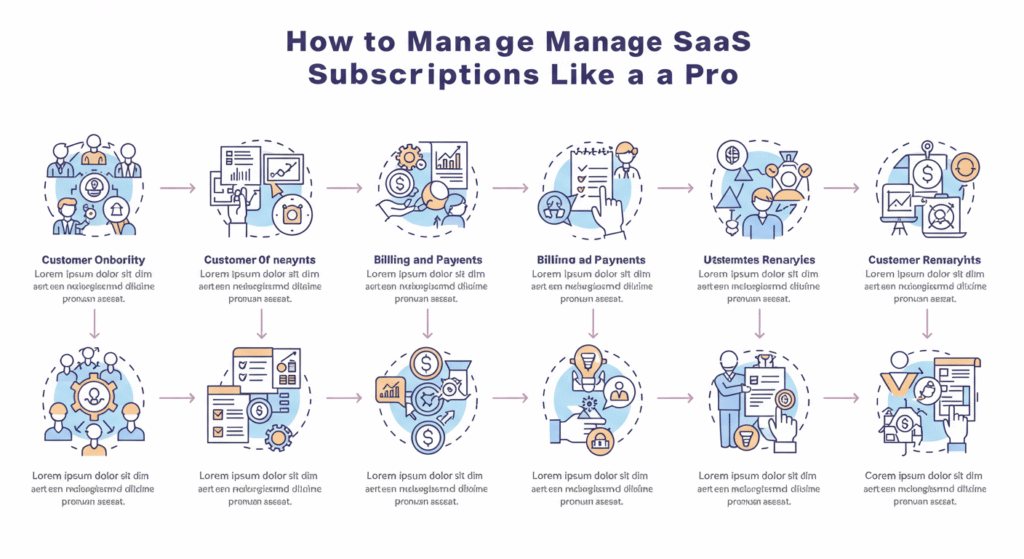
Here’s how to do it right:
- Create a unified list that includes every active SaaS tool currently in use.
- Make monthly checks of software usage patterns to spot licenses that aren’t fully utilized.
- Configure alerts to notify you 30 days and then at 60-day and 90-day intervals before each SaaS subscription renewal date.
- Consolidate vendors where overlap exists.
- Review SaaS portfolio quarterly with key stakeholders.
Platforms such as Zylo and Productiv enable automation for many tasks, which helps save time while avoiding budget waste.
SaaS Spend Management: Cutting Costs Without Cutting Corners
Many businesses overspend on SaaS. Gartner reports that 30% of yearly SaaS spending goes to waste because of inefficiencies.
A SaaS spend management platform effectively addresses SaaS spending inefficiencies. The platform detects unused licenses while identifying redundant tools and assists in contract discussions to promote usage-based pricing strategies.
A mid-sized company reduced its annual expenses by $400,000 after removing redundant communication platforms like Zoom, Teams, and Webex.
SaaS Management Platform Vendors to Watch in 2025
| Platform | Best For | Key Features | Pricing Tier |
| Productiv | Usage analytics | Real-time tracking, AI insights | Enterprise |
| Spendscape | Enterprise spend control | ERP integration, business intelligence | Custom |
| Zylo | Finance and procurement teams | License optimization, renewal management | Mid-market |
| Torii | IT and lifecycle management | Shadow IT discovery, automation | SMB to Enterprise |
| BetterCloud | Security and compliance | Access control, policy enforcement | SMB to Mid-market |
Vendor tip: Request a free trial or proof of concept to evaluate the platform’s capabilities.
Is SaaS a Managed Service?
SaaS differs from managed services, but both solutions can function together to provide complete solutions.
Here’s a quick comparison:
| Aspect | SaaS | Managed Service (MSP) |
| Responsibility | End-user manages usage | MSP manages delivery and support |
| Customization | Limited | Often customizable |
| Example | Google Workspace | IT helpdesk managing Google Workspace |
Certain Managed Service Providers extend their service bundles to include SaaS oversight, which benefits small enterprises lacking IT departments.
Is Azure API Management PaaS or SaaS?
Microsoft provides Azure API Management as a Platform-as-a-Service (PaaS) solution.
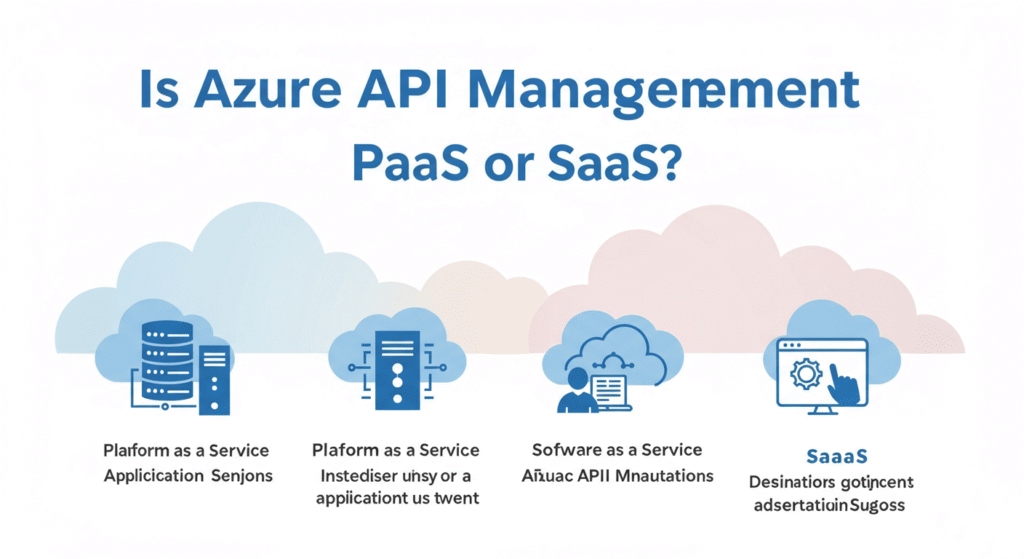
Developers can leverage Azure API Management to design their APIs and handle publishing, along with security and monitoring tasks. SaaS tools do not provide control over configurations and deployment environments, which you can achieve with Azure API Management.
A logistics organization implemented GPS data APIs by utilizing Azure API Management. The result? A 35% improvement in route efficiency.
Final Thoughts: Mastering SaaS Management for Long-Term Success
SaaS management is vital for scaling companies. The correct implementation of tools and processes enables waste reduction while enhancing security and increasing ROI.
Here’s a strategic roadmap to success:
- Centralized control using a SaaS management platform.
- Make sure IT, finance, and HR departments participate in the decision-making process for subscriptions.
- Automate identity and access management.
- Conduct quarterly SaaS audits to evaluate performance.
Taking control today will ensure the future of SaaS systems becomes efficient, secure, and intelligent.

